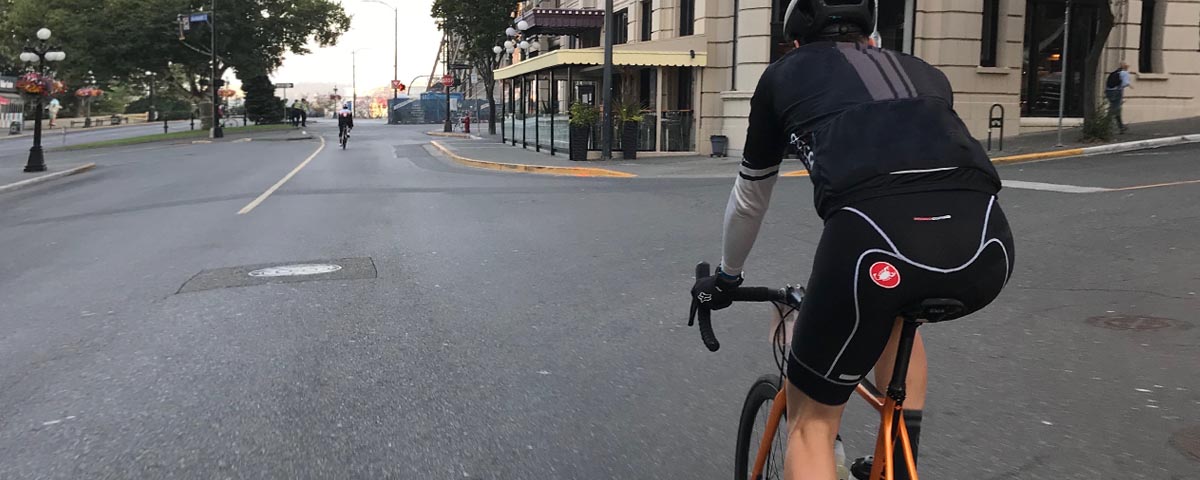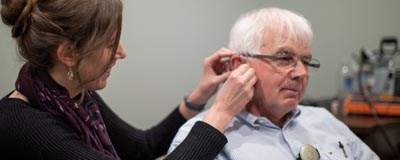In the last few years, Canada’s capital faced many changes to adapt to the growing cycling trend. With new bike lanes, pathways and facilities, the city of Ottawa is the only designated Gold-level Bicycle Friendly community in Ontario. As a result, the cyclist’s share of morning peak period travel grew by 41% between 2005 and 2011. Click this link to read the Ottawa Cycling Plan to learn more into what has been done and what will be done in the future to improve cycling in Ottawa.
What Is Noise Induced Hearing Loss?
Noise induced hearing loss can be both temporary and permanent. The excessive exposure to loud noise will deteriorate the hair cells inside your inner ear causing a hearing loss in certain frequencies. The Government of Canada states that “Prevention is the only way to protect yourself from noise-induced hearing loss. There is no way to know how sensitive your ears are to damage from sounds, until the damage is done.”* The sensitivity thresholds of our inner ear are otherwise unknown until the irreparable damage is done.
Why Are Cyclists At Risk?
If you are not cycling inside one of Ottawa’s many pathways, then you are most likely sharing the road with other vehicles. The mixture of automobiles, motorcycles and wind noise can accumulate to create a very loud listening environment. A research study published in 2017 showed that cyclists can be exposed to wind noises up to 85 dB while riding at just 16 km/h! As for automobiles, in a study performed in Ottawa, a standard size vehicle driving between 50 and 60 km/h can create a noise up to 60 and 70 dB, with an increase of 10dB while driving at 100 to 120 km/h! A study conducted in the nearby city of Montreal recorded cyclist’s noise exposure and concluded that the average noise exposure was 70 dB.
Is 70 dB dangerous?
If we take a look back to our previous article on noise exposure, noise exposure up to 85dB introduces a risk for permanent hearing loss. These levels can be easily achieved if the cyclist is listening to loud music, following loud trucks or is cycling in the rain. Davidson’s hearing health care providers urge both experienced and beginner cyclists to be vigilant of noise exposure and choose pathways when possible. Ear protector’s such as Cat-Ears and standard ear plugs are also recommended to block excessive noise if you typically ride in heavy traffic.
References:
Study on wind noise exposure.
Study on automobile noise exposure.
Study on cyclist average noise exposure.
*Government of Canada (2016/10/04), Noise-Induced Hearing Loss.






